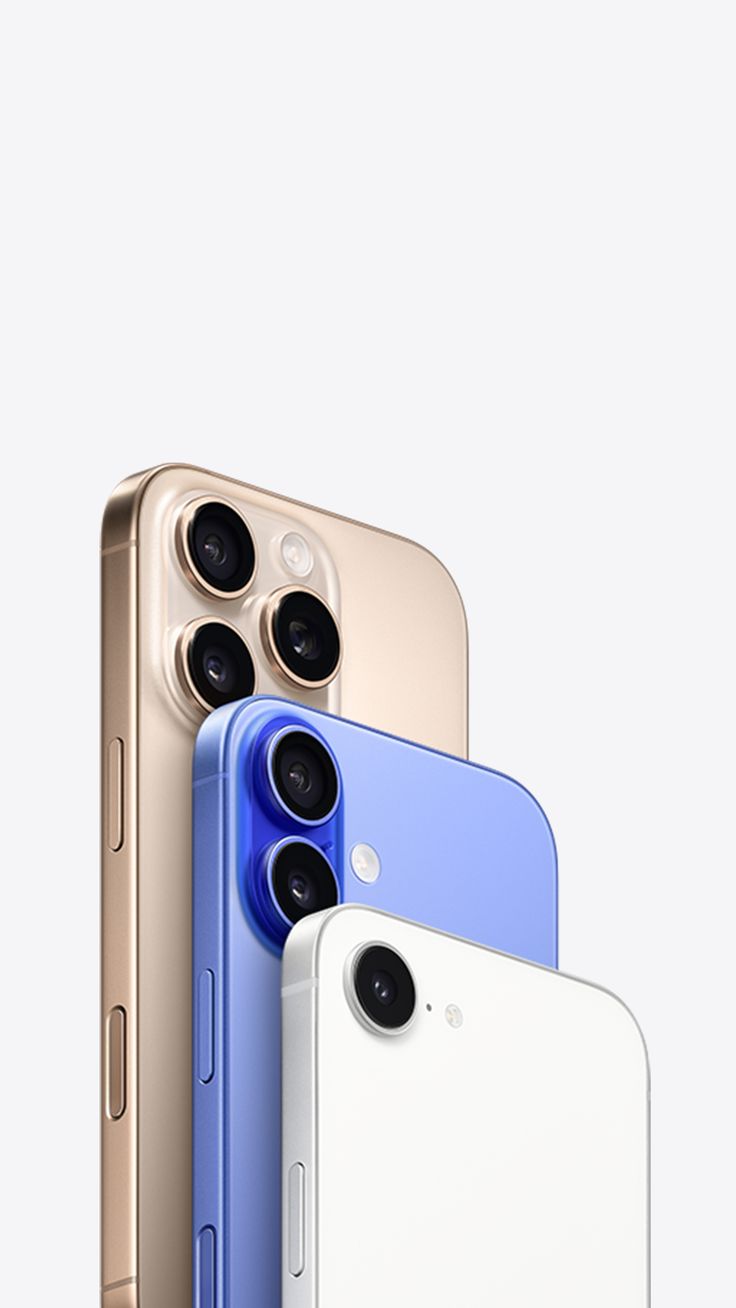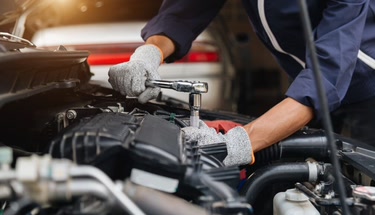Discover How to Make Smart Choices When Buying a Used Smartphone
Buying a used smartphone can be a practical and environmentally conscious choice, but it also requires awareness and careful decision-making. Many people are turning to refurbished or pre-owned phones to save money, reduce electronic waste, and still enjoy advanced features. This guide explores what to look for, how to assess quality, and what factors make a used phone truly reliable.

1️⃣ Why People Choose Used Smartphones
Buying a used smartphone is no longer just about saving money — it’s about making a smarter and more sustainable decision. Today’s flagship devices often last for years, and technology has matured to the point where last year’s model can still meet most users’ needs. People are becoming more conscious of their spending habits and environmental footprint, leading to a steady increase in demand for used and refurbished phones.
For many users, buying a pre-owned device means accessing premium quality at a fraction of the original cost, without sacrificing reliability. It also extends the product lifecycle, keeping valuable materials in use and reducing e-waste — a growing global concern.
2️⃣ Understanding the Different Types of Used Phones
Not all used smartphones are the same. Generally, you’ll encounter three categories:
-
Used (Pre-Owned): Sold by previous owners with varying conditions.
-
Refurbished: Professionally restored, tested, and often certified for quality.
-
Open Box: Devices returned shortly after purchase but barely used.
Each category offers a different balance between price and assurance. Refurbished phones usually come with a warranty or quality certification, while pre-owned devices can vary greatly in condition depending on the seller’s care. Open box phones tend to be nearly new, ideal for those wanting newer models without full retail prices.
3️⃣ Key Factors to Check Before Buying
Before committing to a used smartphone, it’s important to verify several essential factors:
-
Battery Health: Battery performance degrades over time; check for wear percentage or charge cycles.
-
Screen Condition: Look for scratches, dead pixels, or touch issues.
-
Storage Capacity: Ensure it fits your needs for photos, apps, and media.
-
IMEI Status: Confirm the phone isn’t reported lost, stolen, or carrier-locked.
-
Camera and Speaker Function: Test all sensors, microphones, and outputs.
-
Software Updates: Verify compatibility with current operating systems and updates.
Taking time to inspect these aspects ensures you know exactly what you’re getting, preventing unwanted surprises later.
4️⃣ How to Identify Trustworthy Sellers
When browsing used phones online or in stores, identifying reputable sellers is crucial. Look for those who provide:
-
Transparent condition reports
-
Real photos of the actual device
-
Verified testing or refurbishment procedures
-
Clear warranty or return policy
-
Positive reviews from previous buyers
Avoid listings that seem vague, have stock photos instead of real images, or make unrealistic claims about quality. Transparency and consistency are good signs of a trustworthy source.
5️⃣ The Environmental Impact of Buying Used
Every smartphone contains metals, glass, and rare materials that require significant resources to extract and produce. Extending the life of existing devices directly reduces demand for new manufacturing and helps lower carbon emissions. According to environmental studies, reusing just one smartphone can save dozens of kilograms of CO₂ emissions and prevent unnecessary electronic waste.
Choosing a used phone isn’t just a financial decision — it’s a step toward responsible consumption and sustainability. Many consumers now see second-hand technology as part of a circular economy that values longevity over replacement.
6️⃣ Tips for Long-Term Satisfaction
Once you’ve found a suitable device, maintaining it well ensures longer performance and reliability.
-
Keep software updated for security and efficiency.
-
Use protective cases and screen guards to prevent damage.
-
Avoid extreme heat or cold that could affect battery life.
-
Back up your data regularly.
A little care goes a long way. By treating your phone responsibly, you can enjoy great functionality for years, proving that “used” doesn’t mean “outdated.”
7️⃣ Final Thoughts
Buying a used smartphone is a decision that combines practicality, responsibility, and awareness. It encourages mindful consumption, supports sustainability, and offers access to modern technology without excess cost or waste. By understanding key aspects — from battery health to trusted sellers — consumers can make informed choices that benefit both themselves and the planet.







